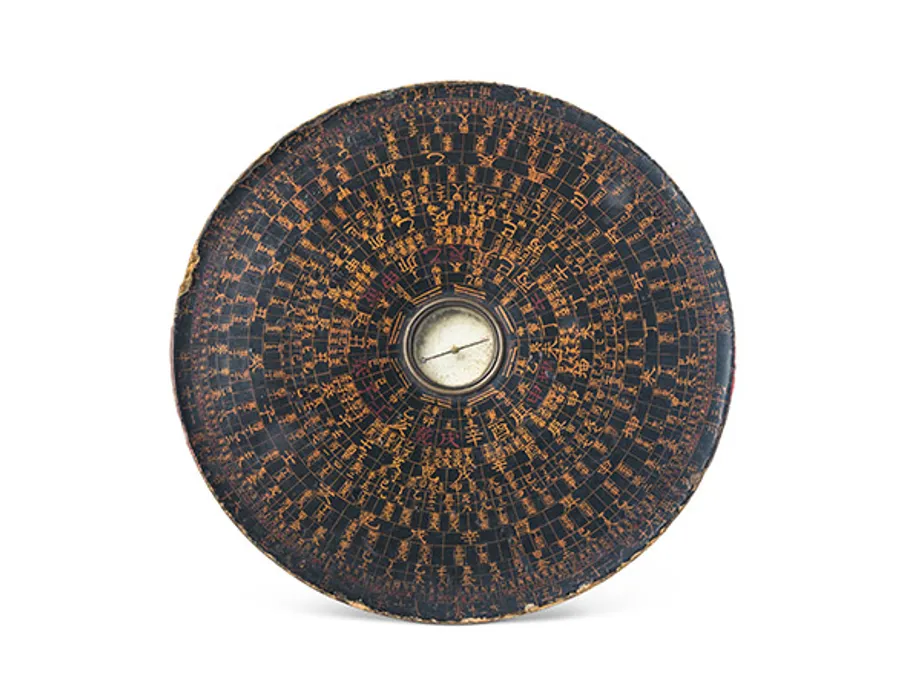Navigational instruments
Navigational instruments are measurement instruments that are used to help ascertain a present geographic position and to determine the speed, direction, altitude and other navigational parameters in order to help arrive at a point of destination.
Navigational instruments are measurement instruments that are used to help ascertain a present geographic position and to determine the speed, direction, altitude and other navigational parameters in order to help arrive at a point of destination.
Chinese compass
A compass is one category of position-finding instrument used for navigation and orientation. It shows direction relative to the geographic cardinal directions.
The magnetic compass was first invented as a device for divination as early as the Chinese Han Dynasty (since circa 206 BC) and later adopted for navigation by the Song Dynasty Chinese during the 11th century.
The use of the compass is recorded in Western Europe and Persia in the early 13th century. This example of a Chinese compass was acquired by its then-owner, S P Thompson in the late 19th to early 20th century.

